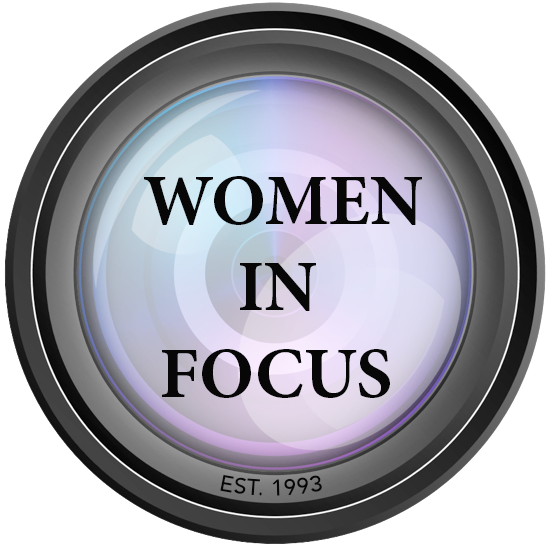From Cave Walls to Smart Phones. Art isn't for the elitists anymore.
Humans have long tried to immortalize loved ones. From cave drawings to iPhones, human beings create pictures. Our favorite pictures are usually of people and places we love. We love things that inspire our dreams. We love spiritual images that reflect our faith. We love things that help us hold on to a memory. We love things that help us express ourselves, and things that help us tell our stories.
This was art.
Before there were TVs, iPhones, or even cameras, there were artists. Our cultural imagery came from the hands of artists. Old masters painting portraits of a girl with a pearl earring. Parlors were graced with beautifully dressed women gazing serenely from a gilded frame. Folk art was created in logs cabins on the edge of civilization. Scenes from the Bible filled the churches with grand details. The water gardens of the Impressionists brought the beauty of the outdoors in homes and inspired generations.
And then the money men got involved and, as usual, ruined everything.
Art collectors created extensive collections and were considered “important” while the artists were mostly appreciated when they were dead. Death tended to limit the productivity of the artist and, subsequently, his work became collectable. Art became popular, not for what it could create but for what it couldn’t. It became, in some ways, a death cult. As an aside, most artists were men and the most acceptable art was created by men. You can read more about that here. In fact, I have written a white paper on the topic here.
Photography changed the art world.
So, when photography was born, the art world got ugly about it. With the rise of photography, the art world responded by adoring the things cameras couldn't do. Expressionism, along with Cubism, Dadaism, and Abstract, was born. Contemporary Modern Art came to forefront of the Museum Culture. These styles were a shift and were meant to display the artist’s feelings, not those of the external world. That’s key - Art became something else. It wasn’t about the portraits of places, people, faith, or the external landscapes any longer. It became about the artist. It wasn’t about Beauty any more. And as such, art stopped being relatable by the average person. To this day, the art world relates only to itself and the other members of the art world. It’s a bit like staring at your own navel and calling it expressive art.
By the 1950’s, TV took over the image centers of most human brains and instamatic photography became the useful device capture for the images of friends and loved ones.
Art was left in the hands of the museums and collectors. The money talks dirty. And often the money needs laundering. You can find out about that here.
Because of that exclusivity, art simply didn’t keep pace with human culture as it evolved. It became its own world and it still reflects that enclave. And it’s still ugly. Yet, the rise of Instagram and Pinterest shows that human beings still want beautiful imagery - people, places, and things we love. We still love to create our world with things that express who we are, and what or who we love. And the Art World still smugly admires its own navel.
Now What?
It’s really time to take back art from the elites that claimed it as their Museum of Membership. Here’s what you can do… Support the artists. Buy directly from them. Especially female artists since (statistically speaking) the art world isn’t fond of them. Above all, avoid mass produced work at the stores.
You can’t celebrate your God Given individuality without real artists. Real artists help you find your voice.
We all know your unique voice isn't at Walmart or at Restoration Hardware.
Find the artist that creates your vibe.



